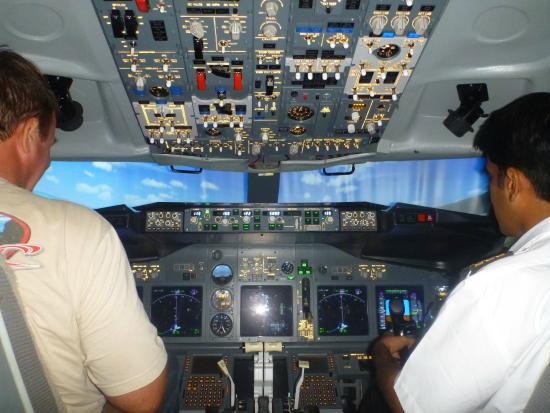Taking an aviation safety training course or regulatory training course, in addition to your qualification training, is highly recommended if you plan on working in the aviation industry.

These courses are designed to teach you the regulations that govern your work activities. If you will be working in the U.S, look for a training program that offers Federal Aviation Administration (FAA) training.
To become an aircraft maintenance technician (AMT), you will need a certain amount of technical training, specified and regulated by the FAA.
For AMTs, the training program is geared for specific aircraft ratings, such as airframe, powerplant, or a dual certification as an airframe and powerplant (A&P) maintenance technician.
Getting your certification to work in this industry is one thing, but learning to maintain compliance with the applicable regulations is quite another.
A good regulatory training course will help you understand the regulations related to your specific work environment. A keen understanding of those regulations will help you remain in compliance with them.
Aviation Safety Training Tips
- Look for a training program that will put emphasis on your specific area of the industry (i.e., maintenance, flight operations, ground operations, etc.). Initial and recurrent training is also important to maintain a good understanding of the rules that govern your work activities. Safety standards are around for a reason, and solid safety training will guarantee a safe and successful career.
- Good safety training programs also allow for a collaborative environment with your colleagues and fellow trainees. This builds teamwork skills, which are vital for a real-world workplace - especially when dealing with safety. Your colleagues can double-check your work, helping to make sure all safety standards are being met and nothing is overlooked.
- Also, enroll in an aviation safety training program with a well-detailed curriculum. For instance, the guidelines for becoming a certified AMT state a certain amount of hours needed in specific topics.
- Make sure you understand the learning objectives, instructional strategies, and evaluation methods of the safety program. This will help ensure that you are getting the right training for your future career as an aviation maintenance technician.
- Lastly, remember to keep documentation of all the training you receive, along with the necessary signatures of your instructors. This information is imperative for detailing your safety training experience and becoming certified. Your record may be subject to periodic reviews and be evaluated by employers. Also, the FAA can and someday will inquire about your knowledge of the regulations.
0 comments:
Post a Comment